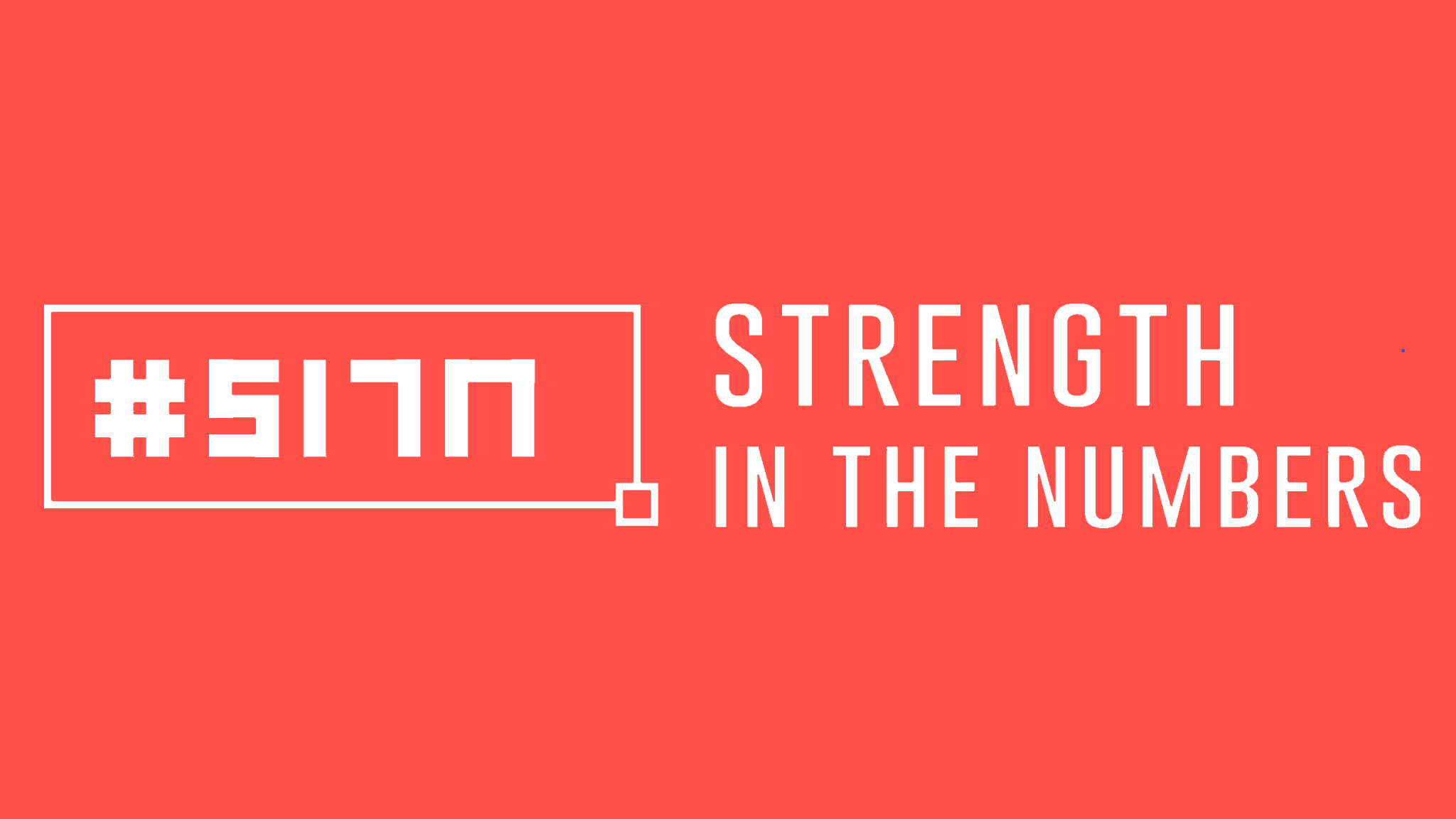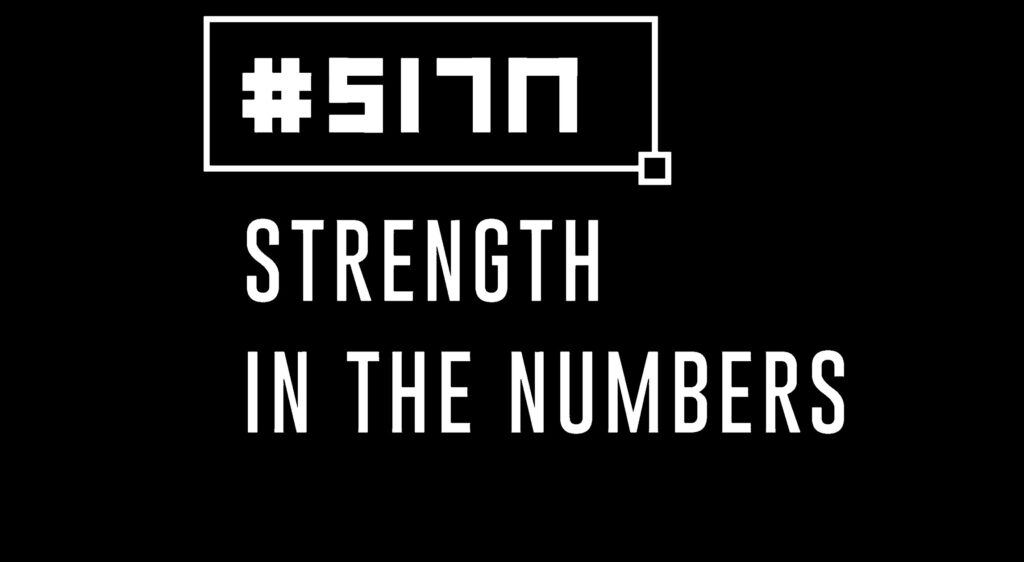
Sometimes accountants like to let our hair down so last weekend I was out with my wife in the capital city and we went to a nightclub. Whilst we were queuing to get in I observed something that gave me an idea about how we can improve our impact within our businesses as well as the fun & rewards we get from our careers.
It has to do with their policy at the door, you know, what customers they let in, what some might call their red velvet rope policy.
The doormen (or bouncers) turned away people who they didn’t think were going to be good customers or fit for their establishment. They probably had some considerations in mind, perhaps: an ideal demographic, age group, gender mix, type of dress, health and safety considerations, whether they might spend money, or even cause them and other customers trouble etc….
Business Impact implications
And then I got thinking how many of us in our companies are so busy chasing the next sale to grow and do more business that we don’t always do similar due diligence on our customers before we let them in the door. Do we do the necessary credit checks, sound them out for potential issues down the road (i.e. do they honour their agreements), or are they looking to squeeze as much profit from a deal as opposed to ensuring a fair exchange of value.
And similarly once they’re in the door, do we regularly benchmark their profitability against similar customers, assess the cost and resources it takes to serve them, perhaps performing even a basic Pareto (80/20) analysis on the ones we serve best, and understanding how to better meet their needs. (You would be amazed at the number of companies that can tell you how profitable their products are but couldn’t tell you who their most profitable customers are, and isn’t it the customers who actually choose to buy the products and often overlooked are the understanding why some return for repeat purchases whilst others leave and go elsewhere leaving the worst case scenario that we keep our least profitable customers yet lose our best ones, and how long can that last?).
So one area we can value with our finance & accounting training would be to help our businesses calculate customer profit abilities for different customer groups; suggest appropriate acquisition and retention policies, identify new segments within existing customers or even associated groups of customers that may be profitable.
Career Implications
Similarly in our careers do we regularly take stock of the business partners, colleagues, mentors and other support groups that we’ve surrounded ourselves with. Do we really know which ones we can best serve and similarly be of best service to us in mutually beneficial win-win partnerships. The point here is even though we may be able to offer value to some groups and individuals we may not be able to so profitably, so knowing who not to serve as much as whom we should be serving are equally as important.
Questions to Consider
So if you want to be at your best and give your best to customers and business partners you may wish to consider to begin to take the following steps:
- Identify those type of customers & business partners who inspire, energise and are profitable for you.
- Develop a red velvet rope policy to only let those in from step 1 so that it’s win-win for everyone.
- Start to get rid of those who don’t align with step 2
- Remember: Don’t try to please everyone.
Now the last step might make you uneasy as some of you may also subscribe, like me, to the saying:
“if we don’t look after our customers someone else will.”
This is true, but if you wish to have a successful business why would you want to look after a customer that you can’t serve profitably, it’s not fair for them and not sustainable for your business. Similarly for our careers would it not be more effective to spend time serving business partners whom we can so in a sustainable way, providing them the benefits and value they seek rather than investing our precious resources into others who may be more like ‘energy vampires’ sucking our time, attention and energy with the negative knock-on impacts to our ability to do the best job we can for others.
So if we wish to be able to give the best of ourselves and make the right impacts in our businesses and careers we may need to pull across our own red velvet rope and be willing to say “not tonight” or “not ever.”
So what techniques would you recommend to increase your impact in the business? Or what steps would you take yourself?

